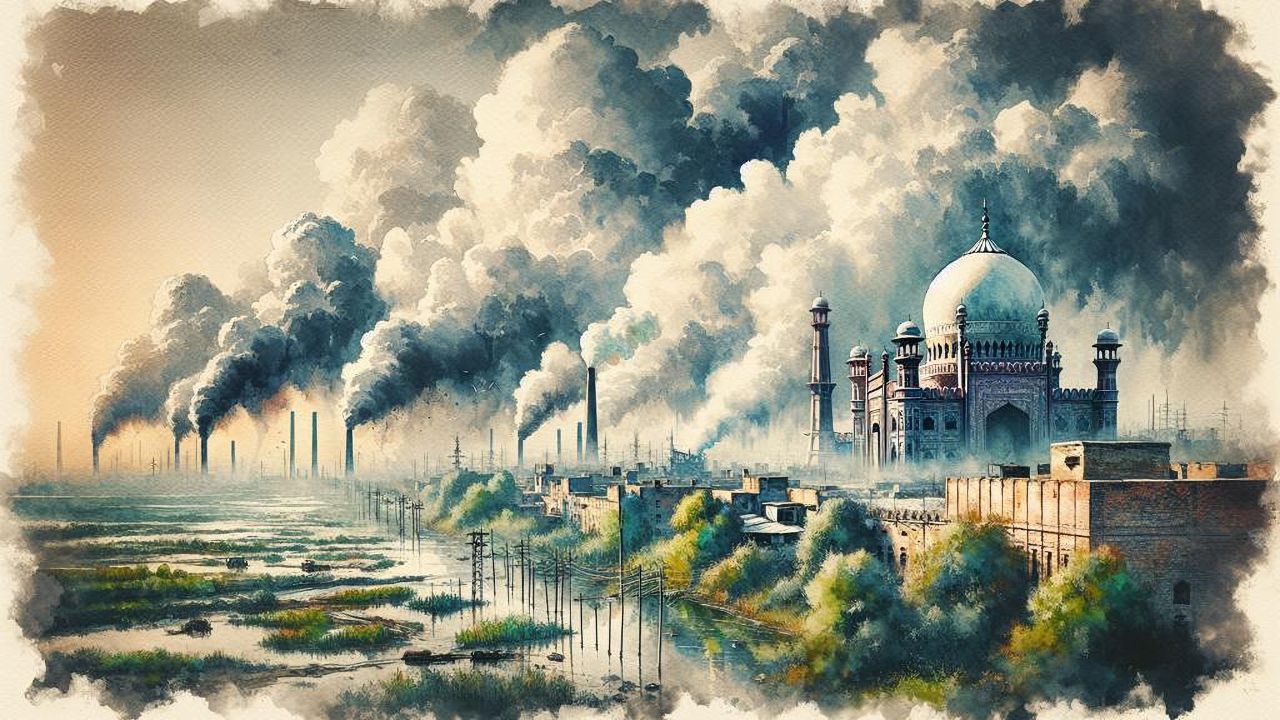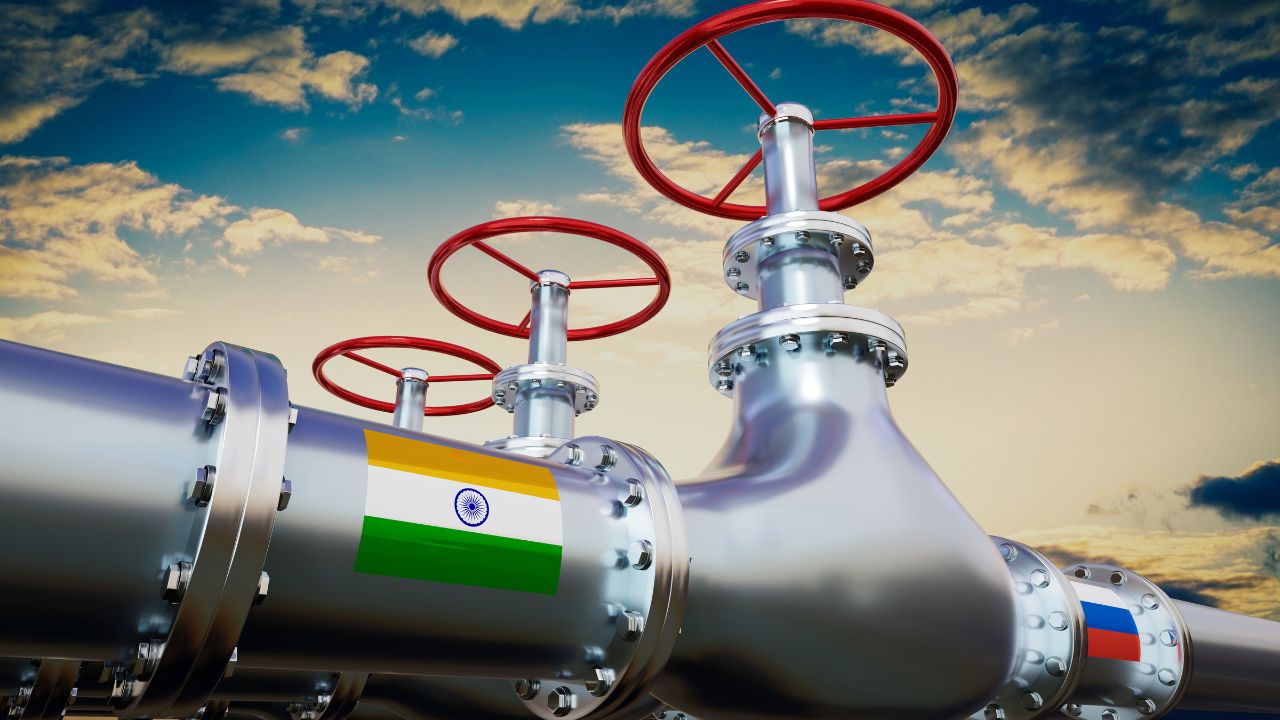
It’s Getting Hot In Here
Read More
Sanity Break #1
The most brilliant pitch for a lungi—or is it a longyi?—ever! FYI: “Longyi provides 1000% more air flow than pants to where you need it most as a man!”

Headlines that matter
Check out this edition for the most important stories from around the world today!

Sanity Break #2
Did Lady Gaga’s duet with Bradley Cooper for ‘A Star is Born’ make you cry? Well, get the hankies out for ‘I Get a Kick Out of You’ with 95-year-old Tony Bennett—who is suffering with Alzheimer’s disease. It certainly made Lady Gaga tear up.

Smart & Curious
Here’s a list of intriguing things to pique your interest and wonder at our weird, wacky world.

Feel Good Place
Need an immediate pick-me-up? We have you covered! From hilarious animal clips to stuff that’ll make you go “lol why?!”, we have all you need to keep you sane on even your worst hair day.






